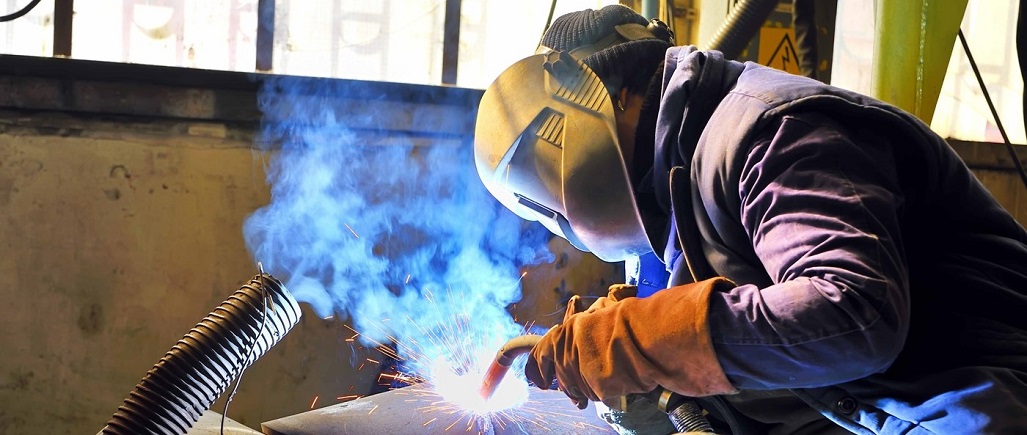Welding is an invaluable skill that allows you to create, repair, and customize a wide range of metal items right from the comfort of your home.
Whether you’re looking to build furniture, craft art pieces, or perform repairs, understanding the basics of home welding can open up a world of possibilities.
Here’s everything you need to know to get started.
Understanding Welding Basics
Welding is a fabrication technique that fuses materials, typically metals, by melting them at the joint and allowing them to solidify, creating a durable bond. There are several metal welding methods, but the most common ones for home use are:
- MIG (Metal Inert Gas) Welding: Known for its ease of use, MIG welding uses a continuous wire feed to create the weld. It’s an excellent choice for beginners and can be used on a variety of materials, including steel, aluminum, and stainless steel.
- TIG (Tungsten Inert Gas) Welding: It provides excellent control, making it suitable for thinner materials. TIG welding, which employs a non-consumable tungsten electrode, requires more skill but results in high-quality welds.
- Stick Welding (SMAW): For versatility and portability, stick welding is a great option, using an electrode coated in flux. It’s great for outdoor projects and can weld rusty or dirty metals.
Essential Equipment
Before diving into your first project, you’ll need some essential welding equipment:
- Welding Machine: Choose a machine based on the type of welding you plan to do. MIG welders are generally more user-friendly for beginners.
- Protective Gear: Safety should be your top priority. Invest in a welding helmet, gloves, long sleeves, and proper footwear to protect yourself from sparks and UV radiation.
- Welding Rods/Wire: Depending on your welding method, make sure you have the appropriate rods or wire.
- Clamping Tools: These will help secure your workpieces in place during welding.
- Metalwork Tools: Basic tools like a grinder, cutting torch, and measuring tools are essential for preparing your materials.
Setting Up Your Workspace
A safe and organized workspace is crucial for effective metal welding:
- Ventilation: Ensure your workspace is well-ventilated to prevent the buildup of harmful fumes.
- Fire Safety: Keep a fire extinguisher nearby and clear your workspace of any flammable materials.
- Stable Surface: Use a sturdy workbench that can withstand the heat and weight of your projects.

Basic Welding Techniques
Once you have your equipment and workspace ready, it’s time to practice some basic techniques:
- Preparation: Clean the metal surfaces to remove any rust, paint, or oil. Proper preparation ensures better weld quality.
- Fit-Up: Align your metal pieces properly and use clamps to hold them in place.
- Welding: Begin by striking an arc (for stick or TIG) or pulling the trigger (for MIG). Maintain a steady speed and angle to create an even bead.
- Cooling: Allow the weld to cool naturally. Avoid rushing this process, as it can lead to weaknesses in the weld.
- Finishing Touches: After welding, grind or sand down any rough edges for a smooth finish.
Safety First
Never underestimate the importance of safety in welding fabrication. Always wear the necessary protective equipment and work in a safe environment. Familiarize yourself with emergency procedures and ensure you have a first aid kit on hand.
Projects for Beginners
To get started, consider simple projects that can help you practice your skills:
- Metal Garden Planter: A straightforward project that combines welding and gardening.
- Furniture: Create custom tables, chairs, or shelves to enhance your living space.
- Artistic Sculptures: Use scrap metal to create unique art pieces that showcase your creativity.
Conclusion
Home welding can open up a world of creativity and functionality in your projects. By understanding the basics, investing in the right equipment, prioritizing safety, and practicing your skills, you can become proficient in welding and confidently tackle various projects. Whether for repairs, custom builds, or artistic endeavors, welding is a practical and fulfilling skill to develop at home.